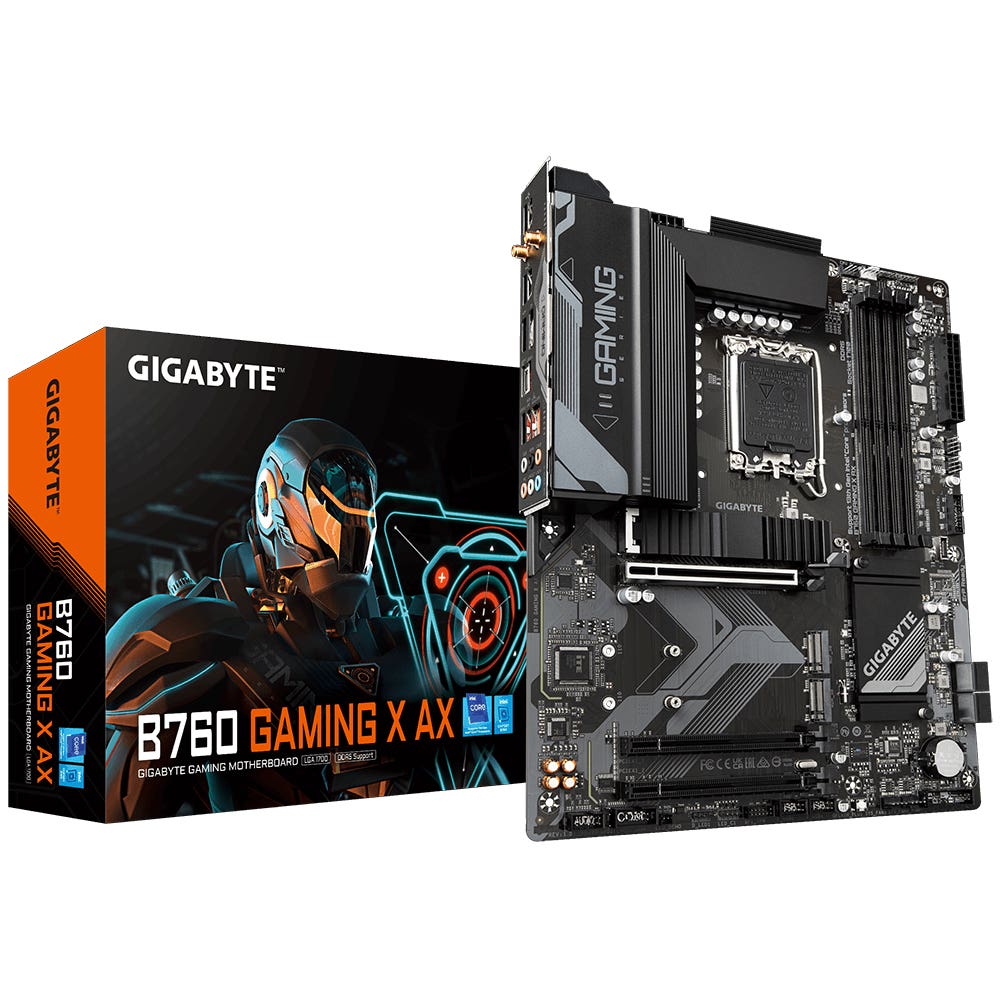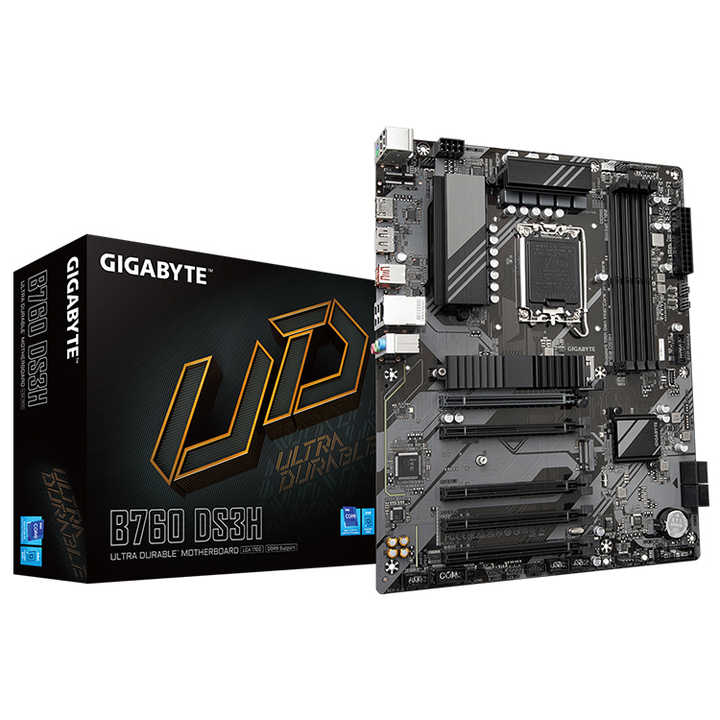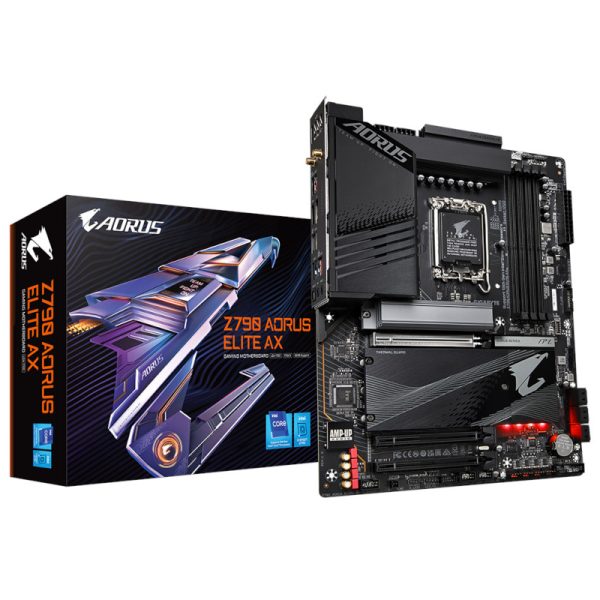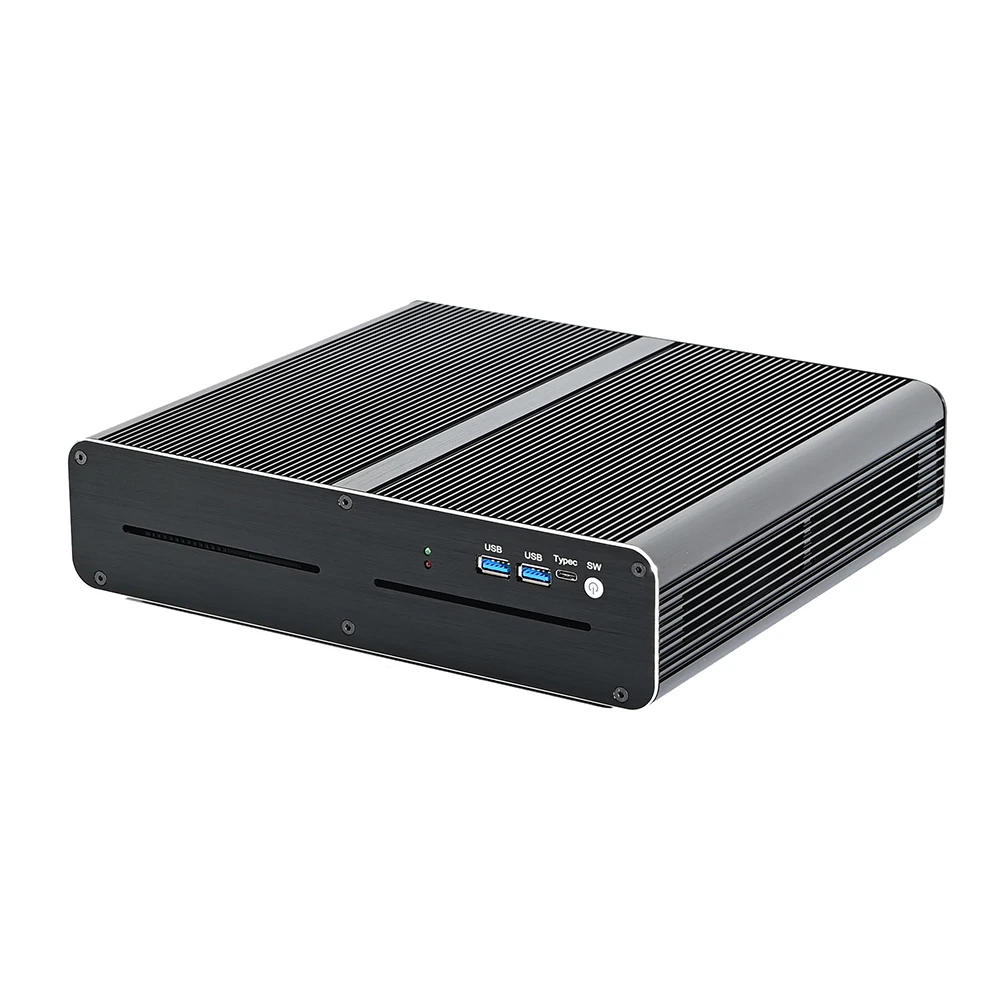Upgrading the ACPI x64-based PC graphics card can lead to significant improvements in performance, especially for applications such as gaming, graphic design, and video editing. A robust graphics card enhances graphical rendering, facilitates multitasking, and ensures a smoother visual experience. This comprehensive guide will walk you through the essential steps and considerations for upgrading your ACPI x64-based PC graphics card and maximizing your PC’s performance.
Understanding Your Current Setup
Assess Your Existing Hardware
Before you begin the upgrade process, it is essential to evaluate your current system configuration. Check the specifications of your existing graphics card, CPU, and power supply. To do this, you can use system information tools like CPU-Z or Speccy, or refer to your PC manual. Identifying the specifications and limitations of your system will help you determine the best upgrade options available. Understanding whether your motherboard supports newer generations of graphics cards is crucial. Analyzing your existing hardware lays the groundwork for a successful upgrade.
Identify Your Needs
Next, take a moment to reflect on your specific needs and goals for the upgrade. What performance improvements are you seeking? Are you interested in enhancing gaming performance for the latest titles, improving rendering times for graphic design projects, or simply enabling better support for multiple monitors? Different graphics cards are tailored for various applications. For instance, if you are a gamer, focus on cards optimized for high frame rates and lower latency. On the other hand, for design work, prioritize cards that offer excellent color accuracy and rendering capabilities. Understanding your goals will guide your selection process and ensure the new card aligns with your requirements.

Selecting the Right Graphics Card
Research Available Options
Once you have outlined your needs, conduct thorough research on available graphics cards within your budget. Websites like Tom’s Hardware, TechRadar, and PC Gamer provide extensive reviews and side-by-side comparisons of various models. Take note of vital specifications such as VRAM (Video RAM), core count, and clock speed, as these factors significantly affect performance in demanding applications. Consider the intended use of the card and read user reviews to gauge real-world performance and reliability. Identifying a few contenders will help narrow down your options and keep you focused on finding the best card for your needs.
Compatibility Check
Compatibility should be at the forefront of your selection process. Ensure the graphics card you choose is compatible with your ACPI x64-based system. Start by checking your motherboard to confirm it has the proper PCIe x16 slot required for most modern graphics cards. Additionally, you’ll want to verify that your power supply can meet the new card’s energy demands. Check the recommended wattage and connector requirements for your chosen ACPI x64-based PC graphics card, as many GPUs require multiple power connectors. Ensuring compatibility will save you the hassle of dealing with hardware issues post-purchase.
Preparing for Installation
Gather Necessary Tools
Before diving into the installation process, gather the necessary tools to ensure a smooth experience. You will typically need a Phillips-head screwdriver to remove the screws holding the case panel and securing the graphics card. While not mandatory, an anti-static wrist strap is highly recommended to prevent static electricity from damaging sensitive components. This simple precaution can save you from costly mishaps and ensure your upgrade goes off without a hitch. By having all tools readily available, you will minimize interruptions during the installation.
Backup Your Data
Although upgrading hardware generally shouldn’t affect your data, it is wise to back up important files and data as a precaution. Utilize cloud storage services, like Google Drive or Dropbox, or external hard drives to make copies of essential documents, photos, and projects. This step provides peace of mind in the rare event that something goes wrong during the installation process. Regular backups are also part of sound digital hygiene, ensuring your important data remains safe and accessible.

Removing the Old Graphics Card
Power Off and Unplug Your PC
Before removing the old graphics card, start by fully powering off your computer and unplugging it from the wall socket. Wait a few moments to ensure that all components are completely powered down. It is critical to take this step to avoid any risk of electrical shock or damage to the hardware. Safe practices in handling electronics should always be a priority when working inside your PC.
Open the Case
To access the internal components of your PC, remove the screws from the side panel of your case. Most cases offer a simple method for removing the side panel, but refer to your case’s manual if needed. Carefully take off the panel to expose the interior, making sure not to touch any sensitive components without proper grounding. Once again, make sure you are grounded to prevent any static electricity from harming the internal hardware.
Disconnect and Remove the Old Card
Identify the existing graphics card by tracing the output ports to the PCIe slot on the motherboard. Carefully remove any cables connected to the card, such as power connectors or display cables. Unscrew the card from the case, typically using screws located at the rear. Then, gently pull the card from the PCIe slot. Take your time during this process; rushing can lead to breaking components or causing damage to your motherboard. Safely storing your old card can also help if you decide to revert to it in the future.
Installing the New Graphics Card
Insert the New Card
Now that you have removed the old graphics card, it’s time to insert the new one. Carefully align your new graphics card with the PCIe slot on the motherboard. Gently push down until the card clicks into place. Ensure it is seated correctly and firmly; improper installation can lead to performance issues. The rear of the card should line up with the case openings, so check to see that everything is aligned well before securing it in place.
Secure the Card and Connect Power Cables
With the card seated correctly, proceed to screw it into the case to secure it firmly. Many modern graphics cards require additional power connections, typically 6 or 8-pin connectors. Ensure that you connect these cables from your power supply to your graphics card, as this step is vital for proper operation. Double-check the connections to confirm everything is snug and secure. Taking the time to ensure a solid connection now will help reduce potential issues later on.

Updating Drivers and Software
Restart Your PC
With the new graphics card successfully in place, close the case and reconnect any cables you previously disconnected. Power on your PC and check whether it boots up correctly. If everything is functioning as expected, you should see your operating system logo. Verify that your system detects the new graphics card to confirm a successful installation. If your PC fails to boot or you encounter errors, revisit your connections to troubleshoot potential issues.
Install Drivers
Once your system is up and running, the next step is to install the latest drivers for your new graphics card. Visit the manufacturer’s website, like NVIDIA or AMD, and navigate to their drivers section. Download the appropriate drivers that correspond to your graphics card model and operating system. Follow the installation instructions carefully to ensure nothing is overlooked. Updated drivers not only enhance performance but also fix bugs and ensure your new hardware functions optimally. Restart your computer again after installation to complete the driver setup.
Check Settings and Performance
After successfully installing the drivers, it’s vital to tweak graphics settings in your applications or games. Explore the options available for adjusting resolution, frame rates, and graphical fidelity. Many modern games allow you to optimize settings based on your hardware capabilities. For a comprehensive evaluation of your new card’s performance, consider using benchmarking tools like 3DMark or FurMark. These tools can help you gauge improvements in performance and stability after the upgrade.
Optimizing Your System for Performance
Adjusting Settings
Most graphics cards come equipped with accompanying software that allows you to tweak performance settings. Applications like NVIDIA GeForce Experience or AMD Radeon Software provide simple interfaces for customizing your graphics card settings. Explore features such as game optimization, screen recording, and overclocking options. Each of these features can contribute significantly to enhancing your gaming experience. Fine-tuning settings tailored to the specific demands of each game or application can yield better performance and visual quality.
Monitor Performance
After your upgrade, continuously monitor your system’s performance using software tools like MSI Afterburner or HWMonitor. These applications allow you to track temperatures, frame rates, memory usage, and other vital statistics. Monitoring your system helps you assess whether additional tweaks are necessary. If temperatures are consistently high, consider improving airflow within your case or investing in better cooling solutions. Regularly checking performance metrics ensures your system runs optimally and can alert you to potential issues before they become critical.
Conclusion
Upgrading the ACPI x64-based PC graphics card can significantly enhance your performance across various applications, from gaming to professional design work. By carefully selecting an appropriate card, preparing diligently for the installation process, and effectively updating drivers, you lay the groundwork for a successful upgrade. Remember to continuously optimize your system and monitor performance after installation. Embracing these steps will not only improve your current computing experience but also ensure your system is future-proofed against the demands of more intensive applications. Regular maintenance and monitoring provide you with the best return on your investment, allowing you to enjoy the enhancements for years to come.
